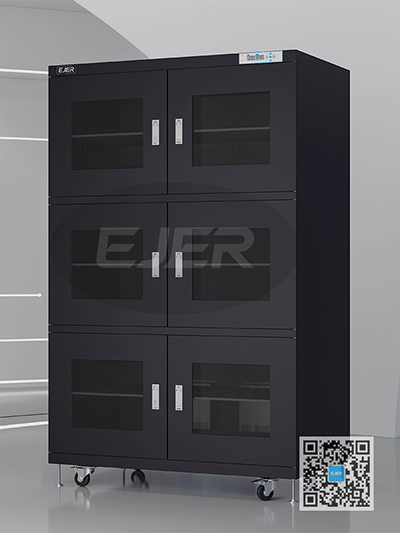

Views:27267
MSL: MSL is the abbreviation of Moisture Sensitivity Level, which means the moisture sensitivity level. MSL is proposed to provide a classification standard for the packaging of moisture-sensitive SMD components, so that different types of components can be packaged, stored and handled correctly, and accidents can be avoided during assembly or repair.
Generally, the packaged IC, colloid or Substrate PCB will absorb moisture in a normal environment, resulting in "popcorn" (POPCORN) when the IC goes through SMT reflow soldering. Moisture Sensitivity Level (MSL) is used to define the level of IC in terms of moisture absorption and shelf life. If the IC exceeds the shelf life, there is no guarantee that it will not absorb too much moisture and cause POPCORN during SMT reflow soldering . Therefore, bake the IC beyond the shelf life.
The process of MSL determination is:
(1) Carry out SAT on the good product IC to confirm that there is no delamination.
(2) Bake the IC to completely remove moisture.
(3) Humidification according to MSL level.
(4) Pass IR-Reflow 3 times (analog IC assembly, maintenance dismantling, maintenance and assembly).
(5) SAT inspection for delamination and IC test function.
If it can pass the above test, it means that the IC package meets the MSL level.
The classification of MSL has 8 levels, as follows:
Class 1 - Less than or equal to 30°C/85% RH Unlimited workshop life
Class 2 - Less than or equal to 30°C/60% RH One year workshop life
Class 2a - Less than or equal to 30°C/60% RH Four week workshop life
Class 3 - Less than or equal to 30°C/60% RH 168 hours workshop life
Class 4 - Less than or equal to 30°C/60% RH 72 hours workshop life
Class 5 - Less than or equal to 30°C/60% RH 48 hours workshop life
Class 5a - Less than or equal to 30°C/60% RH 24 hour workshop life
Class 6 - Less than or equal to 30°C/60% RH 72 hours floor life (for Class 6, components must be baked prior to use and must be reflowed within the time limit specified on the Moisture Sensitive Caution Label)
Moisture not only seriously accelerates the damage of electronic components, but also has a huge impact on the components during the soldering process. This is because the component soldering on the product production line is performed at high temperature by wave soldering or reflow soldering and automatically by the soldering equipment. Completed. When the components are fixed to the PCB board, the rapid heating of reflow soldering will create pressure inside the components. Due to the different coefficient of thermal expansion (CTE) rates of different package structure materials, it may cause stress that the component package cannot bear.
When the components are exposed to reflow soldering, the moisture inside the SMD components can generate enough vapor pressure to damage or destroy the components due to the rising temperature environment. Common conditions include plastic separation (delamination) from the inside of the chip or lead frame, gold wire solder damage, chip damage, and cracks inside the component (not visible on the component surface). In some extreme cases, cracks can extend to the surface of the component, and in severe cases, the component bulges and pops (called the "popcorn" effect). Although a small amount of moisture is acceptable at 180°C to 200°C during reflow soldering operations, any presence of humidity in lead-free processes in the range of 230°C to 260°C can form enough to cause damage to the package. Small explosions (popcorn-like) or layers of material. Therefore, it is necessary to choose wise packaging materials, carefully control the assembly environment, and adopt measures such as sealing packaging and placing desiccant during transportation. In fact, foreign countries often use humidity tracking systems equipped with radio frequency tags, local control units and special software to display and control the humidity in packaging, testing lines, transportation/operation and assembly operations in real time.